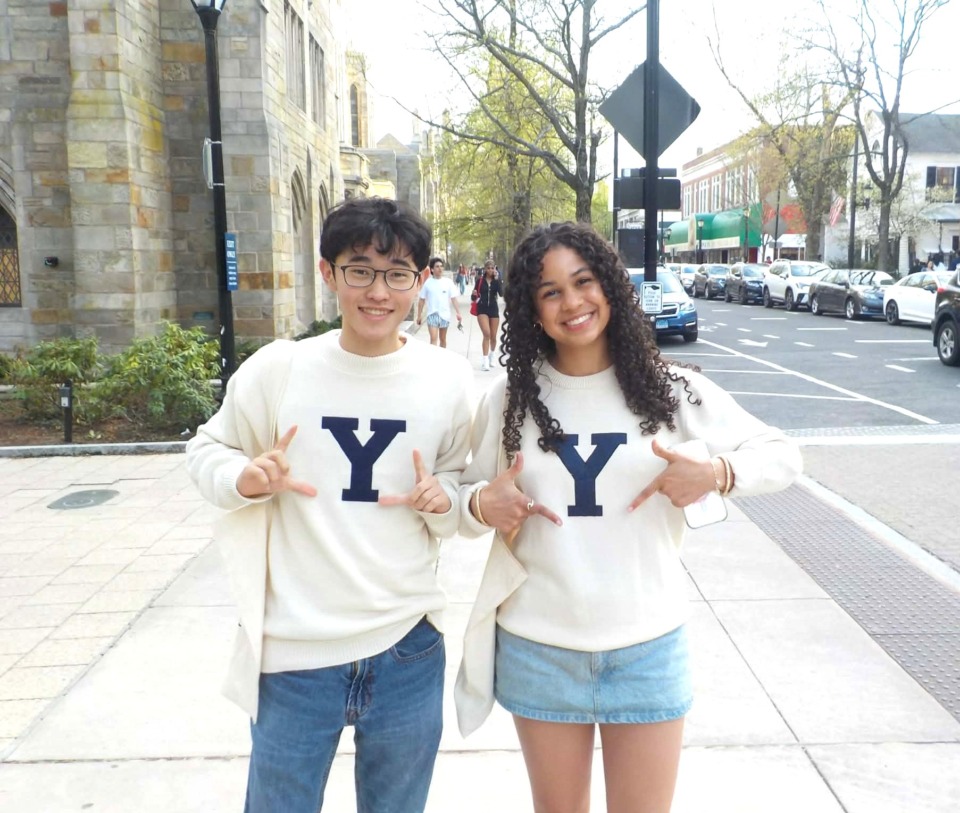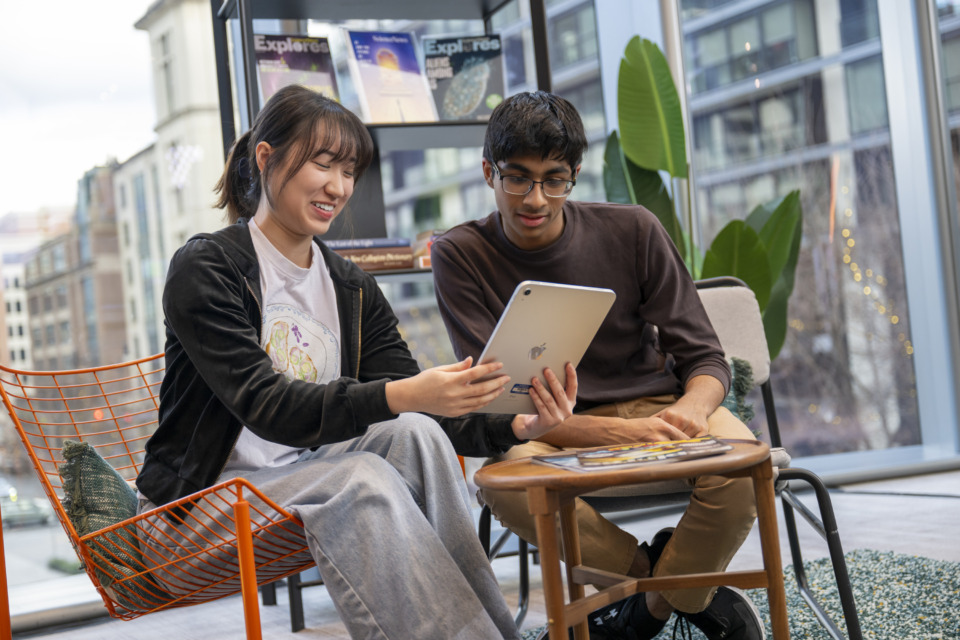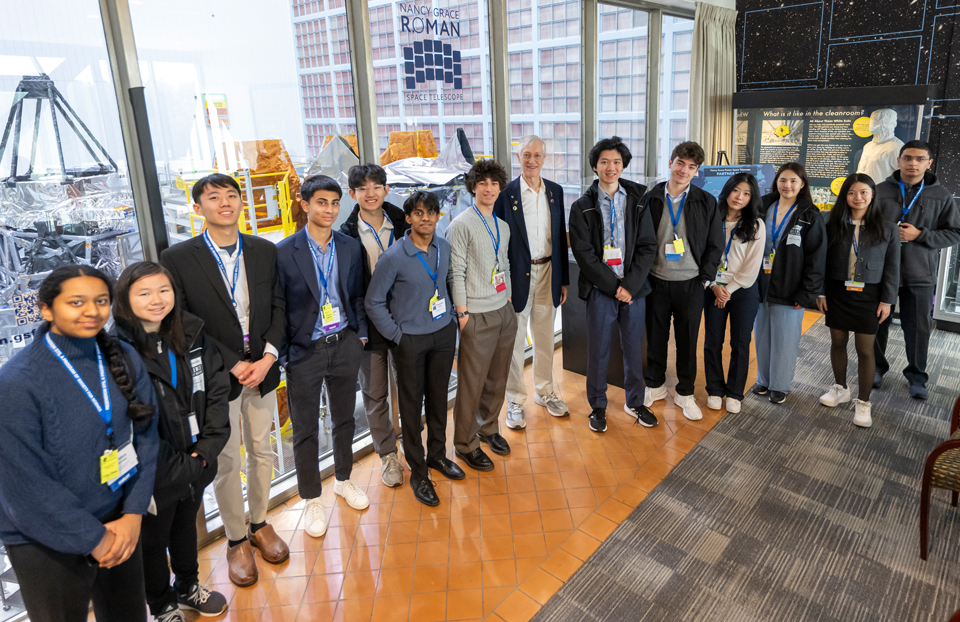Regeneron STS finalists are creating impact through AI innovations

AI tools and technologies are rapidly transforming systems across society. As emerging AI trends continue to inform facets of our everyday lives, Regeneron STS finalists are shaping AI technologies through their groundbreaking research. Solving important challenges, making discoveries and unraveling long-standing mysteries about the world around us, here are a few ways these young innovators are using the tools of the tools of tomorrow to improve the world today.
Laasya Acharya
William Mason High School (Mason, Ohio)
Motivated by the fact that one in 11 people globally struggle with a lack of proper nutrition, Laasya developed and built a multimodal neural network to mitigate crop disease through early detection. Her technology employs a drone to capture pictures and videos of crops, which are then passed to the onboard AI system that analyzes them for symptoms of disease in real time. Her final prototype detects crop disease with 87% accuracy.
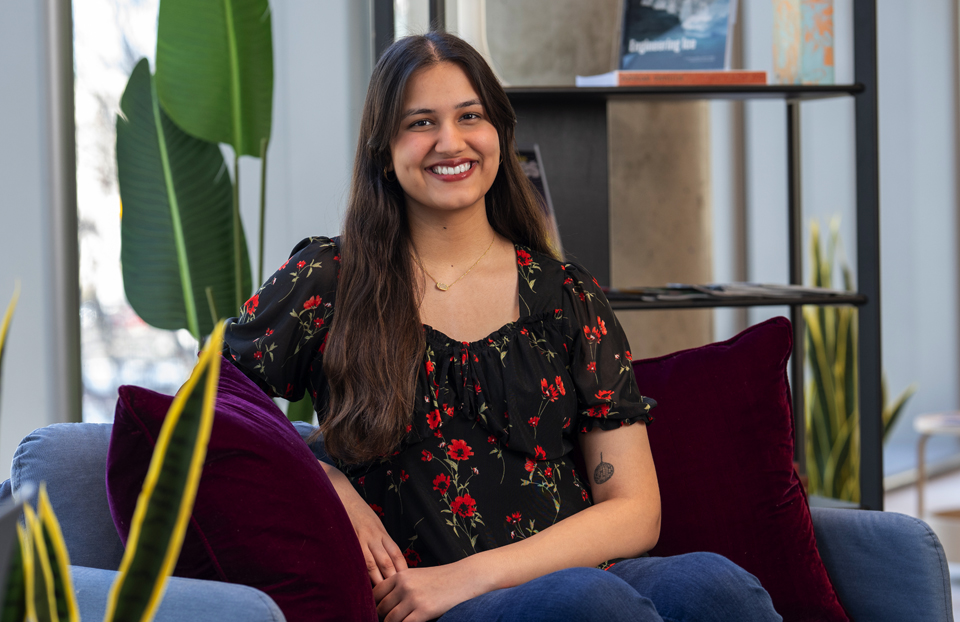
Prisha Bhat
Plano East Senior High School (Plano, Texas)
Rice is a staple crop for millions of people worldwide, so when factors like drought or toxic contamination affect rice production, the consequences can be widespread and severe. Prisha developed a custom AI model using images of stressed and unstressed rice plants to non-invasively detect drought stress. Upon testing, she found her model achieved a 97.3% accuracy in diagnosing stress—which helped propel her research into boosting genes that make rice plants more resilient, even in conditions with less water or more toxic soil.
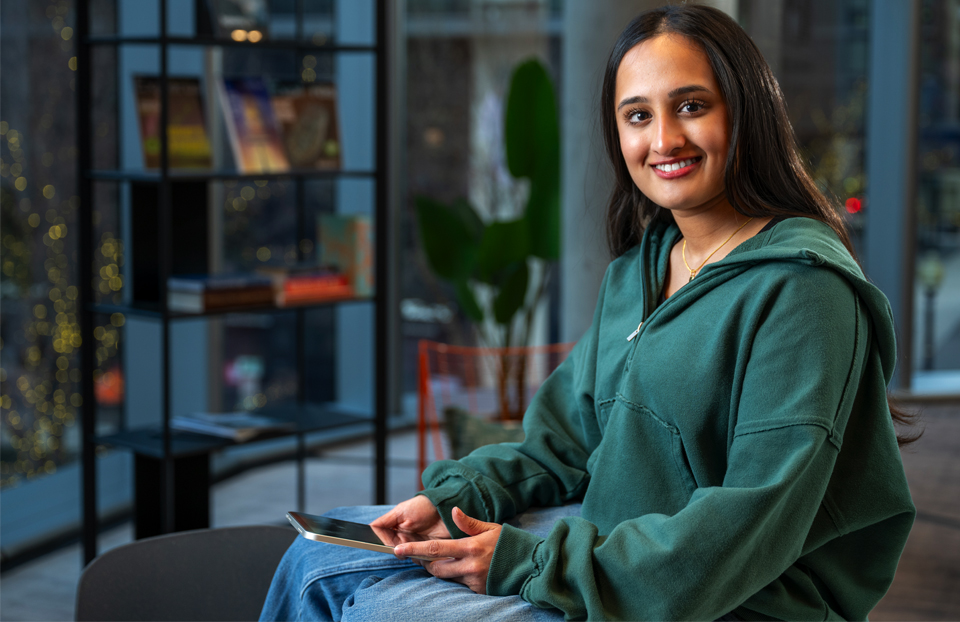
Allison Lee
East Brunswick High School (East Brunswick, New Jersey)
Allison created an AI model called MergeFinder, which can search outer space to detect collisions of galaxies. Her model is able to identify galaxy mergers more accurately and efficiently than previous methods relying solely on human observstion. Over the course of her research, MergeFinder identified 2,208 new potential merger sites, all of which can provide clues about the large-scale structure of the universe and its origins.
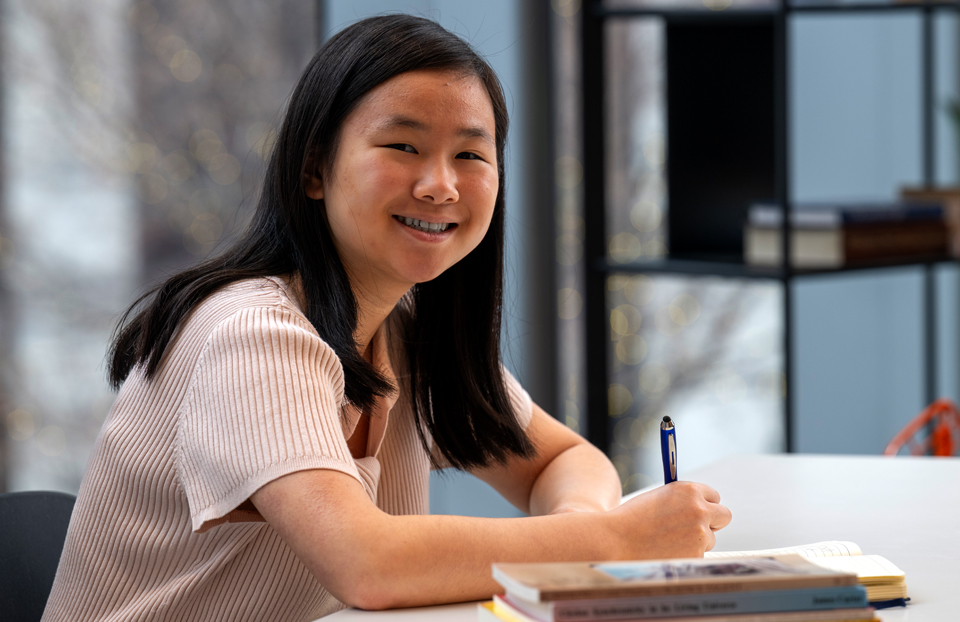
Benjamin Li
Millburn High School (Millburn, New Jersey)
Benjamin developed an AI tool that can make it easier to diagnose brain tumors. Such diagnoses typically require high-quality images and great attention to detail on the part of radiologists. Benjamin’s tool can analyze scans—even lower-quality scans—quickly, and with a high degree of accuracy. Innovations like Benjamin’s have the potential to improve patient outcomes, particularly in areas with underfunded healthcare systems in which lower quality images can lead to delayed or incorrect diagnoses.
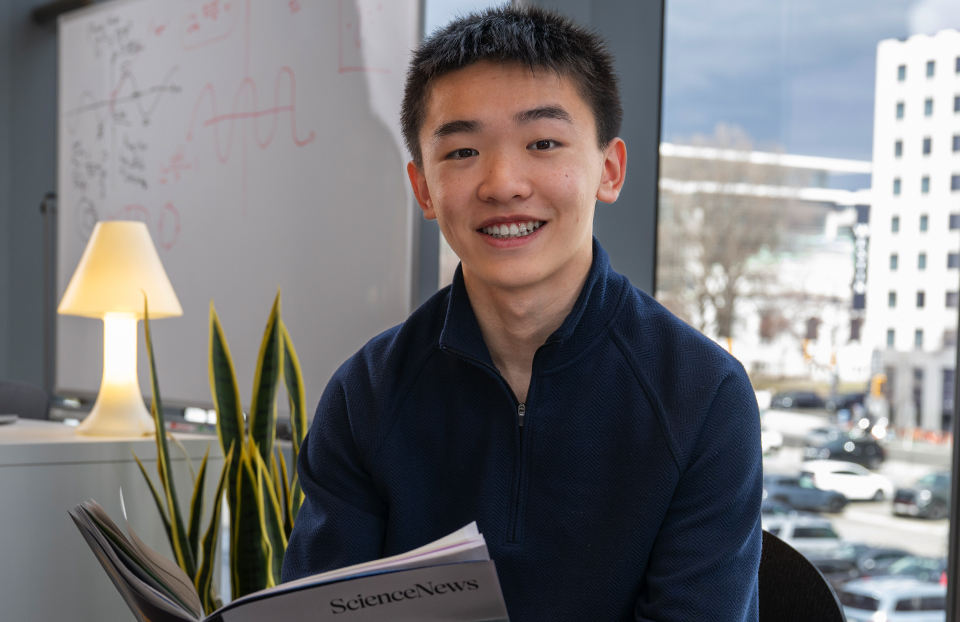
Rivka Lipkovitz
Proof School (San Francisco, California)
Rivka used statistical modeling to study the effects voter of identification laws on voter turnout in the United States. Analyzing voter turnout data over the last several decades, she created a counterfactual estimate of voter turnout if states had not passed strict voter I.D. laws, ultimately finding that find that the laws have likely decreased turnout by 2.4% in states that implemented their laws after 2008. Though her method itself doesn’t incorporate AI, Rivka made use of tools like perplexity.ai to search for papers and identify sources, as well as tools to more efficiently debug code as she developed her project.
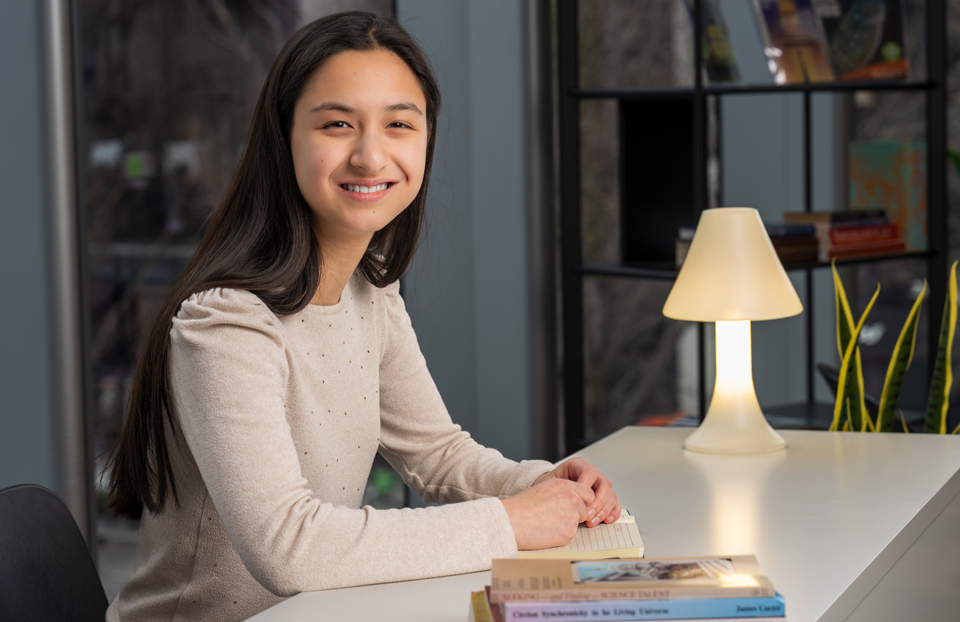
Atreya Manaswi
Orlando Science Middle/High School (Orlando, Florida)
The decline of honeybee populations poses a major threat to crop pollination all over the world. In response to this problem, Atreya developed a solar-powered, AI-driven trap to monitor and predict pest infestations that threaten honeybees. Using a type of machine learning called multiple linear regression, he created a model that can accurately predict future infestation levels, which can help beekeepers manage pest infestations more cheaply and efficiently.
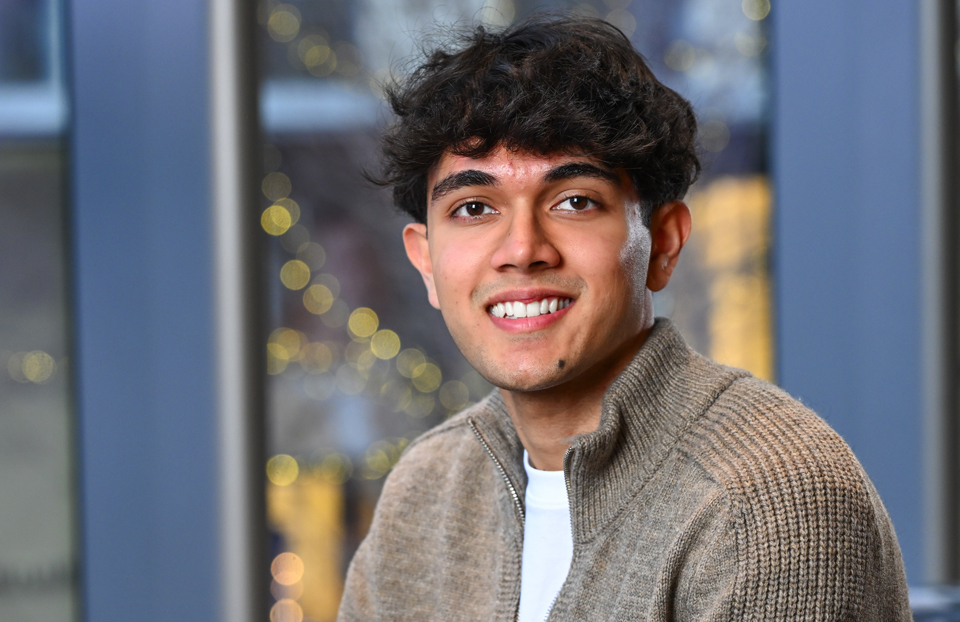
Matteo Paz
Pasadena High School (Pasadena, California)
For his project, Matteo processed over ten years and 190 billion data entries from NASA’s infrared WISE space telescope to detect and categorize infrared variable objects. To analyze this massive dataset, he worked to develop new and more efficient methods, including an AI program called VARnet, which is capable of analyzing a star 2,000 times faster than the blink of an eye. Using this program, Matteo cataloged over 1.9 million potential objects, including 1.5 million new discoveries.
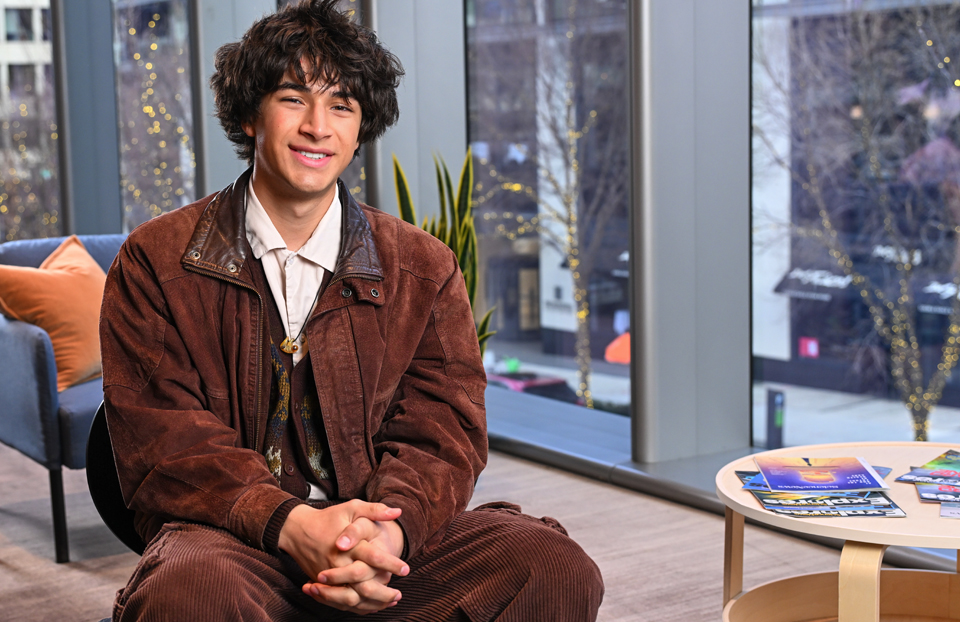
Amy Xiao
Garden City High School (Garden City, New York)
Amy explored how the protein Citrin can be targeted to aid in cancer treatments. Using AlphaFold, an AI-powered system, Amy created models of normal and altered Citrin structures. Through simulations, Amy was able to identify existing drugs that can target Citrin. Then, in practice, Amy used CRISPR to inhibit colon cancer cells from producing Citrin, and found they were depleted of an essential nutrient.
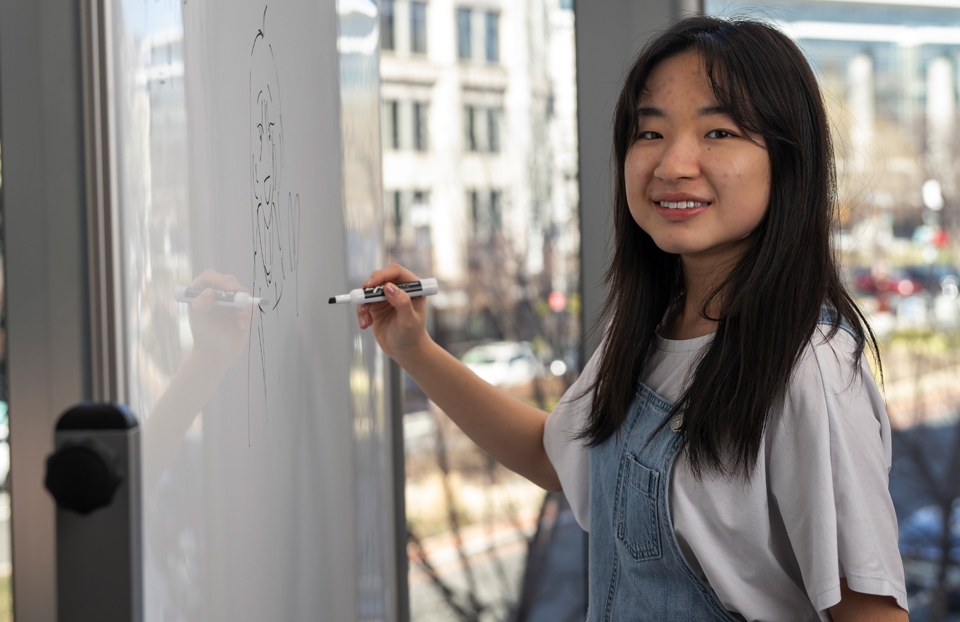
Elisa Zhang
Dougherty Valley High School (San Ramon, California)
Elisa’s project takes aim at certain recurring bugs that often appear in real world code, which can be costly and difficult to fix. She developed a system that uses multiple AI agents, each carrying out different roles through specialized contexts and prompts, to collaborate and repair these multi-location bugs. Her framework, which is easy to use, outperforms existing tools based on most common metrics.
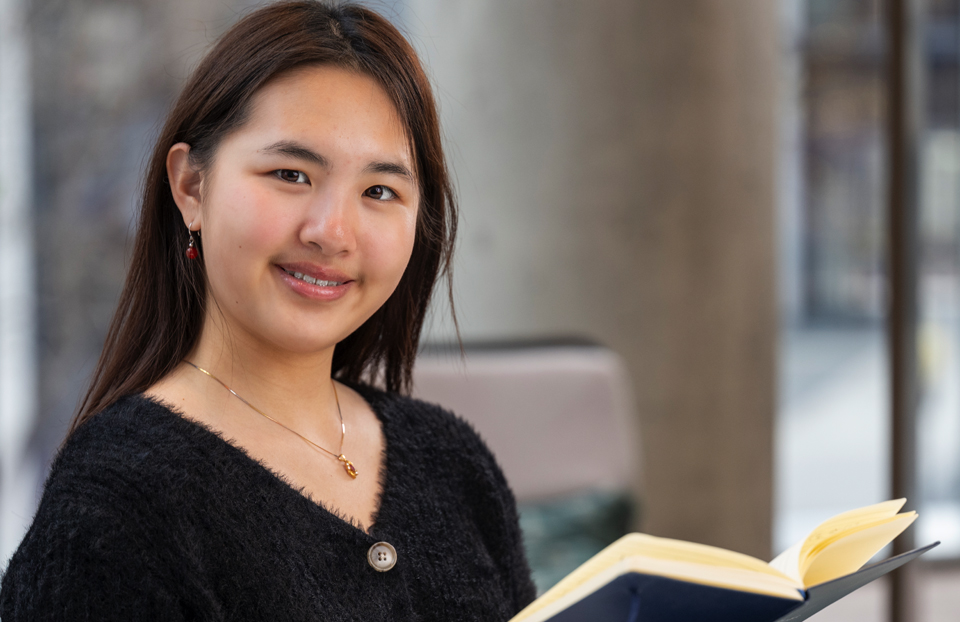
Follow this link to view the projects of all top 40 finalists!
